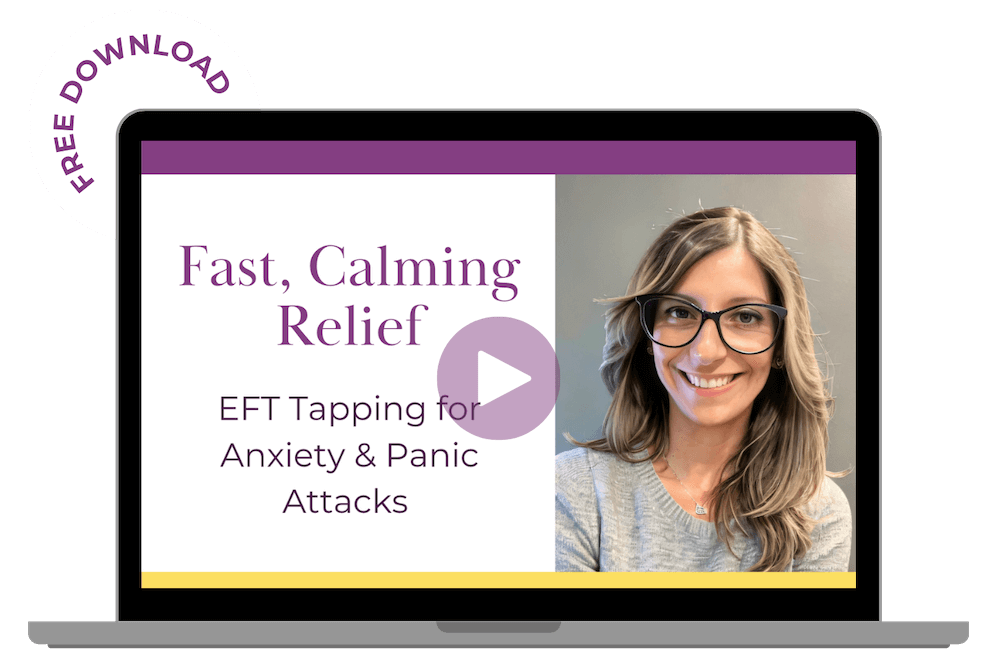Introduction: Anxiety is a pervasive mental health concern that affects millions of people worldwide, but its impact on women is particularly noteworthy. From hormonal fluctuations to societal pressures, women face a unique set of challenges that can contribute to the development and exacerbation of anxiety disorders. In this blog, we’ll delve into the statistics surrounding anxiety in women, shedding light on its prevalence, risk factors, and implications for mental health.
- Prevalence of Anxiety in Women:
- Women are more than twice as likely as men to be diagnosed with an anxiety disorder, with an overall lifetime prevalence rate of 33.1% compared to 19.2% for men.
- Anxiety disorders are the most common mental health condition among women, affecting approximately one in three women at some point in their lives.
- Age and Anxiety:
- Anxiety can affect women across the lifespan, but certain life stages may be particularly vulnerable. For example:
- During puberty and adolescence, hormonal changes, academic pressures, and social expectations can contribute to the development of anxiety disorders.
- Pregnancy and the postpartum period are also associated with increased risk of anxiety, with up to 15% of pregnant women and new mothers experiencing anxiety symptoms.
- Anxiety can affect women across the lifespan, but certain life stages may be particularly vulnerable. For example:
- Sociocultural Factors:
- Societal expectations and gender roles can play a significant role in shaping women’s experiences of anxiety. From the pressure to balance career and family responsibilities to the pervasive influence of social media and unrealistic beauty standards, women often face heightened stressors that can contribute to anxiety.
- Experiences of gender-based violence, discrimination, and systemic inequalities can further compound feelings of anxiety and distress among women.
- Seeking Help and Treatment:
- Despite the high prevalence of anxiety in women, many may not seek help due to stigma, lack of awareness about available resources, or financial barriers to accessing mental health care.
- Women are more likely than men to seek treatment for anxiety, but disparities in access to care and quality of treatment persist.
- Impact on Daily Life:
- Anxiety can have a profound impact on women’s daily functioning, affecting their relationships, work, and overall quality of life.
- Women with anxiety disorders are more likely to have co-occurring mental health conditions, such as depression, eating disorders, and post-traumatic stress disorder (PTSD), further complicating their treatment and recovery.
Conclusion: Anxiety is a significant mental health concern for women, with far-reaching implications for individual well-being and societal health. By understanding the statistics surrounding anxiety in women, we can better appreciate the scope of the issue and advocate for improved mental health resources and support systems. Together, let’s work towards creating a world where women feel empowered to prioritize their mental well-being and seek the help they deserve. Remember, you are not alone, and support is available for those struggling with anxiety.







